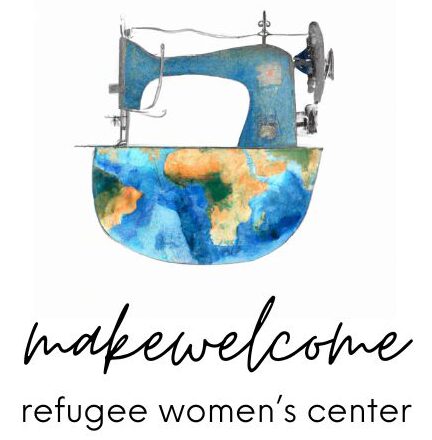
RESETTLEMENT PROCESS
- Refugees cannot apply to be resettled. They have to be referred.
- Only refugees considered “most vulnerable” will be considered for resettlement. It’s a last resort option.
- They don’t get to choose which country they want to go to. They have to accept whichever country agrees to take them.
Once they’ve registered for refugee status with the UNHCR (United Nations High Commissioner for Refugees), their case is evaluated. The goal of the UNHCR is to ensure that everyone can exercise the right to seek asylum and find safe refuge in another country or return home voluntarily if the country’s condition allows for a safe return.
- VOLUNTARY REPATRIATION The first – and the most preferred – solution for asylum seekers and refugees is for them to be able to return to their country of origin safely and with dignity. This option will depend on the security situation in their country of origin.
- REFUGEE RESETTLEMENT When voluntary repatriation and local integration are not feasible, refugee resettlement to a third country is considered. There are about 30 countries, including the United States, that accept UNHCR resettlement referrals, although most countries have very limited resettlement quotas. Only the neediest refugees are given the opportunity to resettle in a third country.

THE UNITED STATES HAS A LONG HISTORY OF WELCOME.
The following is taken from the Office of Refugee Resettlement:
After World War 2, our country welcomed thousands who were fleeing the destruction in Europe. The U.S. Congress enacted the first refugee legislation in 1948 following the admission of more than 250,000 displaced Europeans. This legislation provided for the admission of an additional 400,000 displaced Europeans. Most of these waves of refugees were assisted by private ethnic and religious organizations in the U.S., which formed the base for the public-private roles in U.S. resettlement efforts today.
With the fall of Vietnam in April of 1975, the U.S. faced the challenge of resettling hundreds of thousands of Indochinese using a Refugee Task Force and temporary funding. As a result, Congress realized the need for refugee resettlement services and passed The Refugee Act of 1980, standardizing resettlement services for all refugees admitted to the United States.
Since 1975, the U.S. has resettled more than 3 million refugees, with nearly 77 percent being either Indochinese or citizens of the former Soviet Union.
The screening process for refugees entering the United States is very, very rigorous, and involves multiple interviews, security checks, identifying documents and biometric scans.

